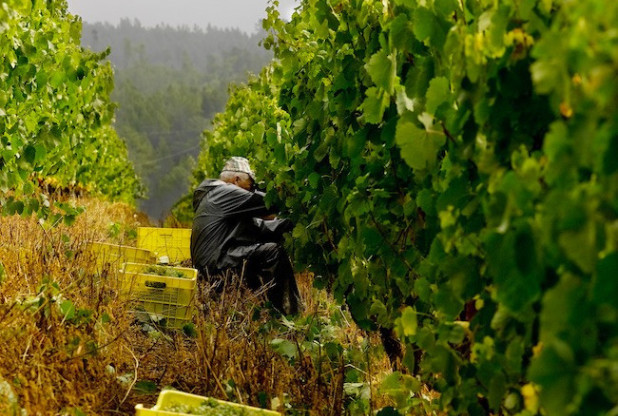
Spain’s wine harvest falls by 14%
Following initial estimates from the European Commission in October 2023, Food and Wines from Spain (FWS) has revealed the country’s 2023 production to be 34m hl, around 14% less than in 2022.
Big falls in Spain and Italy, which was 12% down on 2022, have contributed to a scant harvest across Europe – output for the EU is predicted to fall by 6% in total.
Erratic weather events including droughts, heatwaves and hail storms affected regions throughout Spain, with output in traditionally dry locations suffering worse.
In Catalunya, for example, more than two dry years took its toll on the total crop which was 21% down on last year with particularly low yields for Merlot, Cabernet Sauvignon, Tempranillo and Syrah. Harvest dates in Montsant, in the province of Tarragona, were the earliest on record, where the crop was 30% down on the previous year.
The pattern was very similar in Priorat due to the drought with some exceptions in the fresher area of Poboleda, which benefitted from some rain in May and June.
Moving to Castilla y León, hail and frost in June and a hot summer resulted in a less abundant crop for Verdejo in Rueda. The vintage also started early for most, including Caserío de Dueñas where the “earliest ever” harvest started on 15 August (for Sauvignon Blanc).
Meanwhile in Toro fruit quality was described as “extraordinary” and yields were also good thanks in part to more rainfall than the previous year. Tinta de Toro is the main variety here with some Garnacha while white varieties now include Malvasía and Albillo Real.
The harvest in Ribera del Duero is described by DO authorities as “one of the most complex harvests to date”. Frost struck the region in March and May while September featured heavy rains and low temperatures posing a risk to fruit while allowing grapes to fully develop after a parched summer.
In Rioja, harvest dates were also early after very high temperatures – reaching 41.6 degrees on 23 August – accelerated the ripening process, especially for Tempranillo which ripens relatively early.
The weather took its toll on some vineyards, scorching leaves and grapes. On a more positive note, as María Barúa, head winemaker, Bodegas LAN said: “Unlike last year, this summer the heat did not cause such a marked drop in acidity, there is great balance between acidity and alcohol.”
When rain came in September it was heavy, marking the wettest start to September for several years in the region, and as in many areas, there were two distinct stages – before and after the rain.
Generally speaking higher, cooler areas fared better. The team at Ramón Bilbao concluded: “In Rioja Alta and (higher altitude) Rioja Oriental grapes reached perfect ripeness with higher yields and more concentration […] there was also more balance between tannin and alcohol.” Generally speaking, yields were higher than expected for Rioja thanks to the September rains, offering some hope to the Spanish wine industry.
Keywords:
- EU
- Rioja
- ribera del duero
- Albillo Real
- FWS
- Malvasia
- Spain Harvest 2023
- Catalunya
- European Commission
- Bodegas LAN




